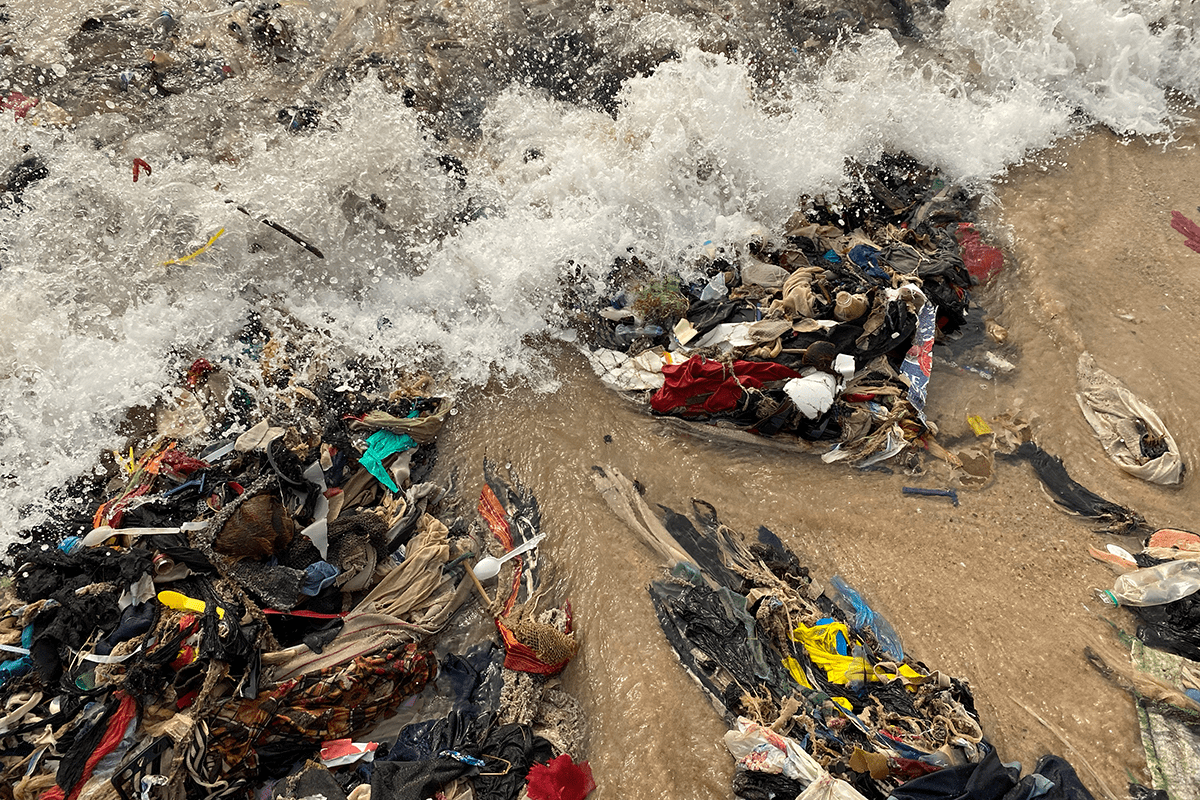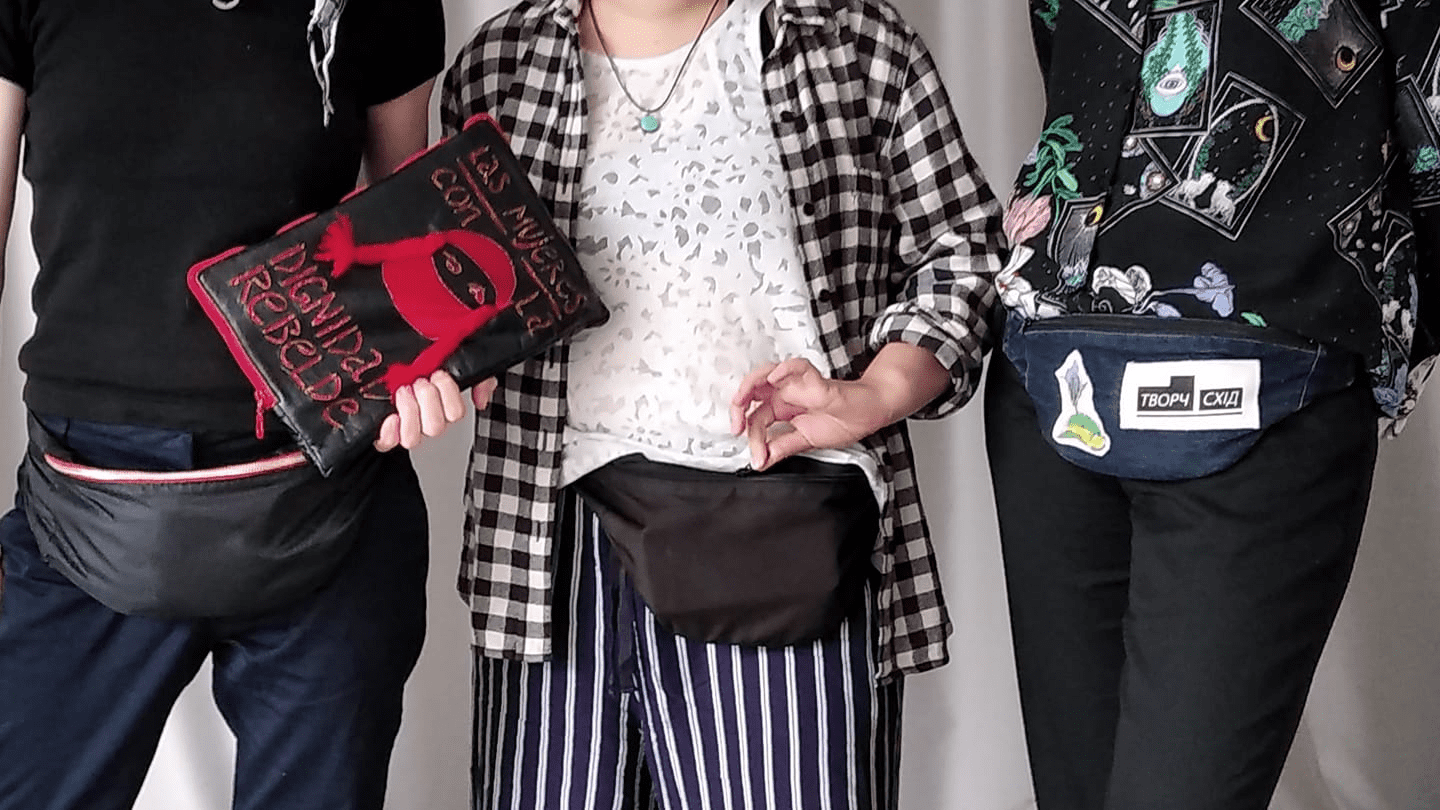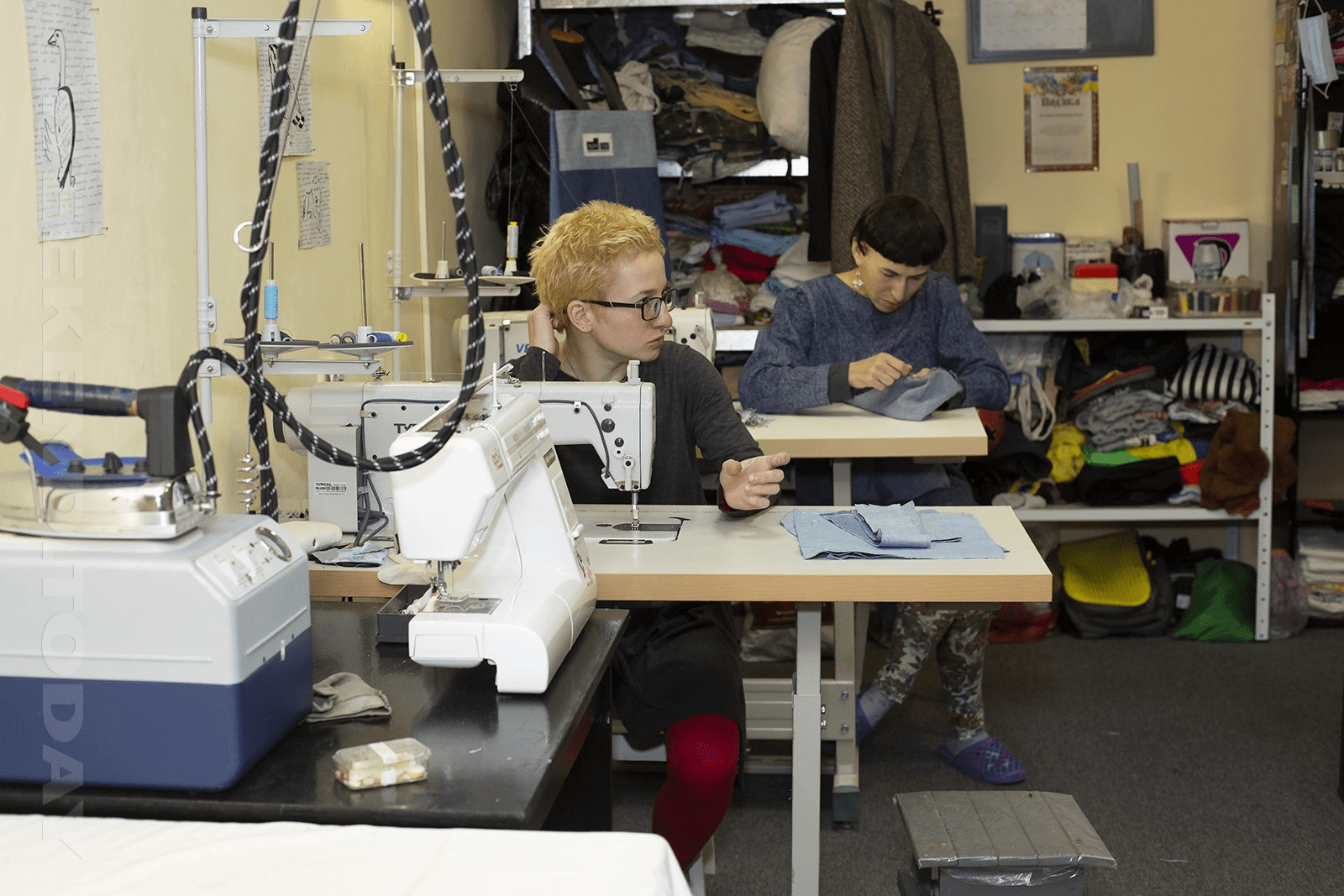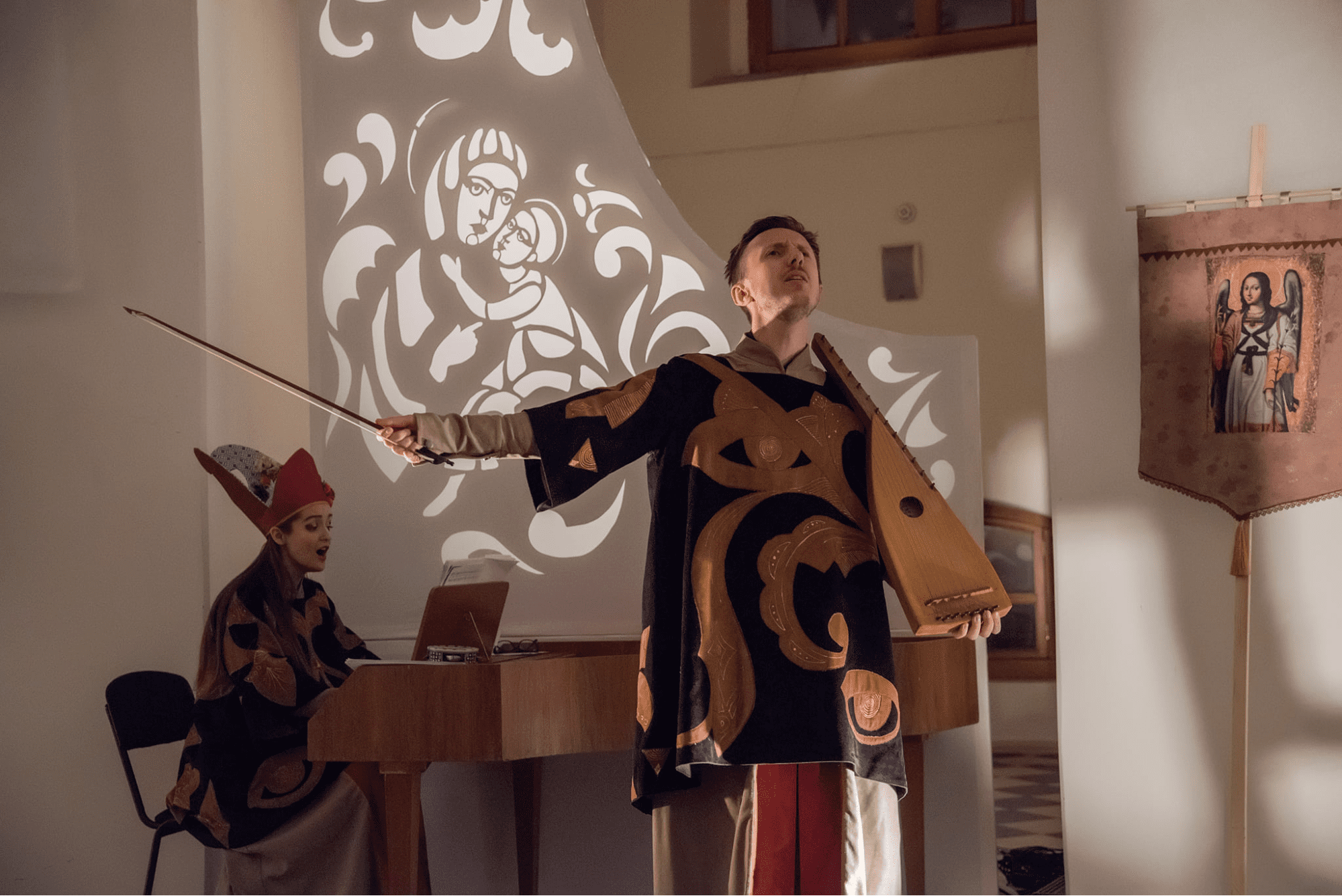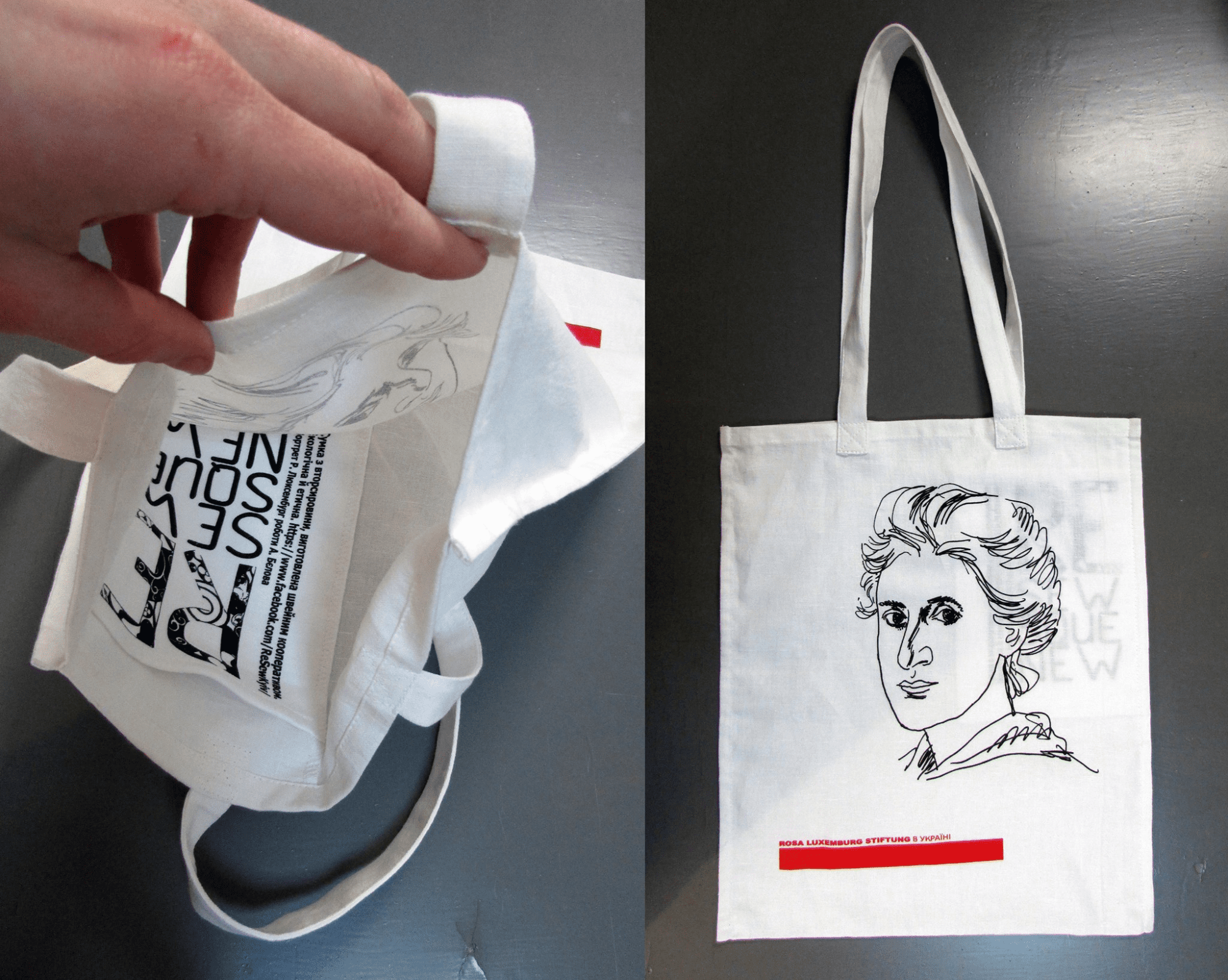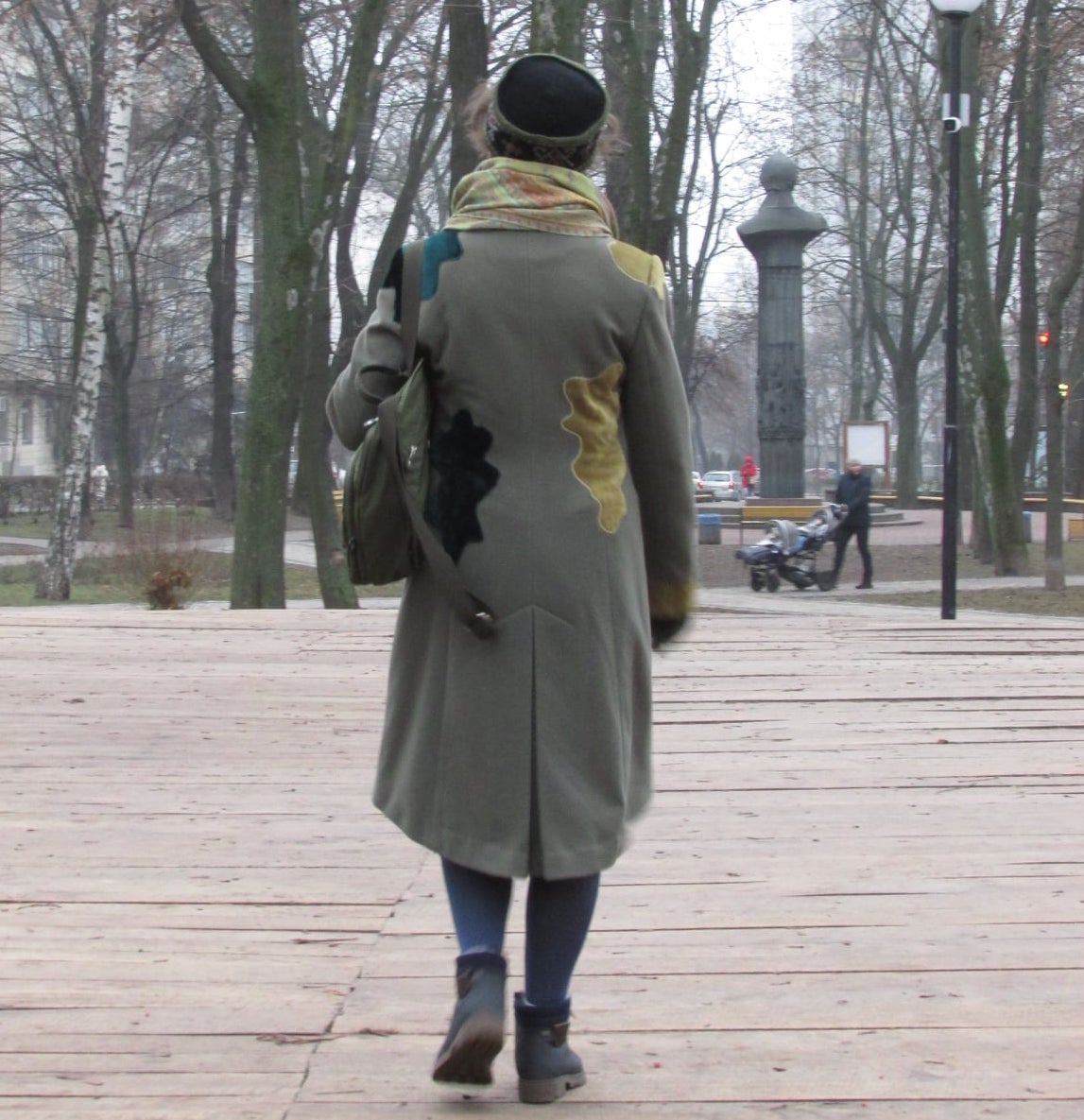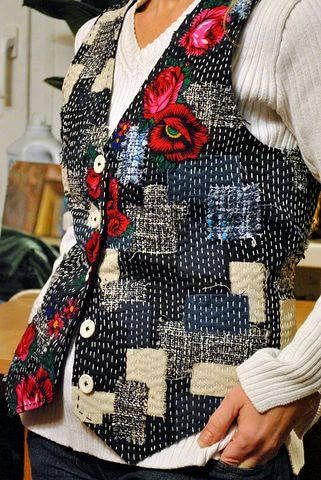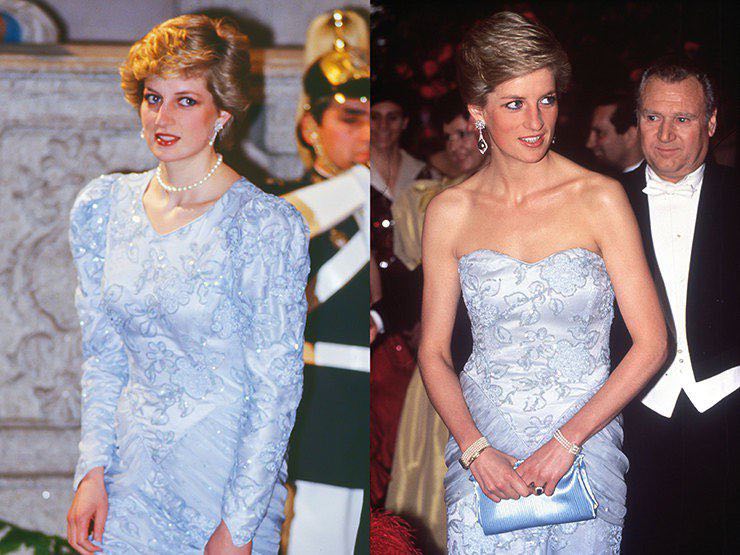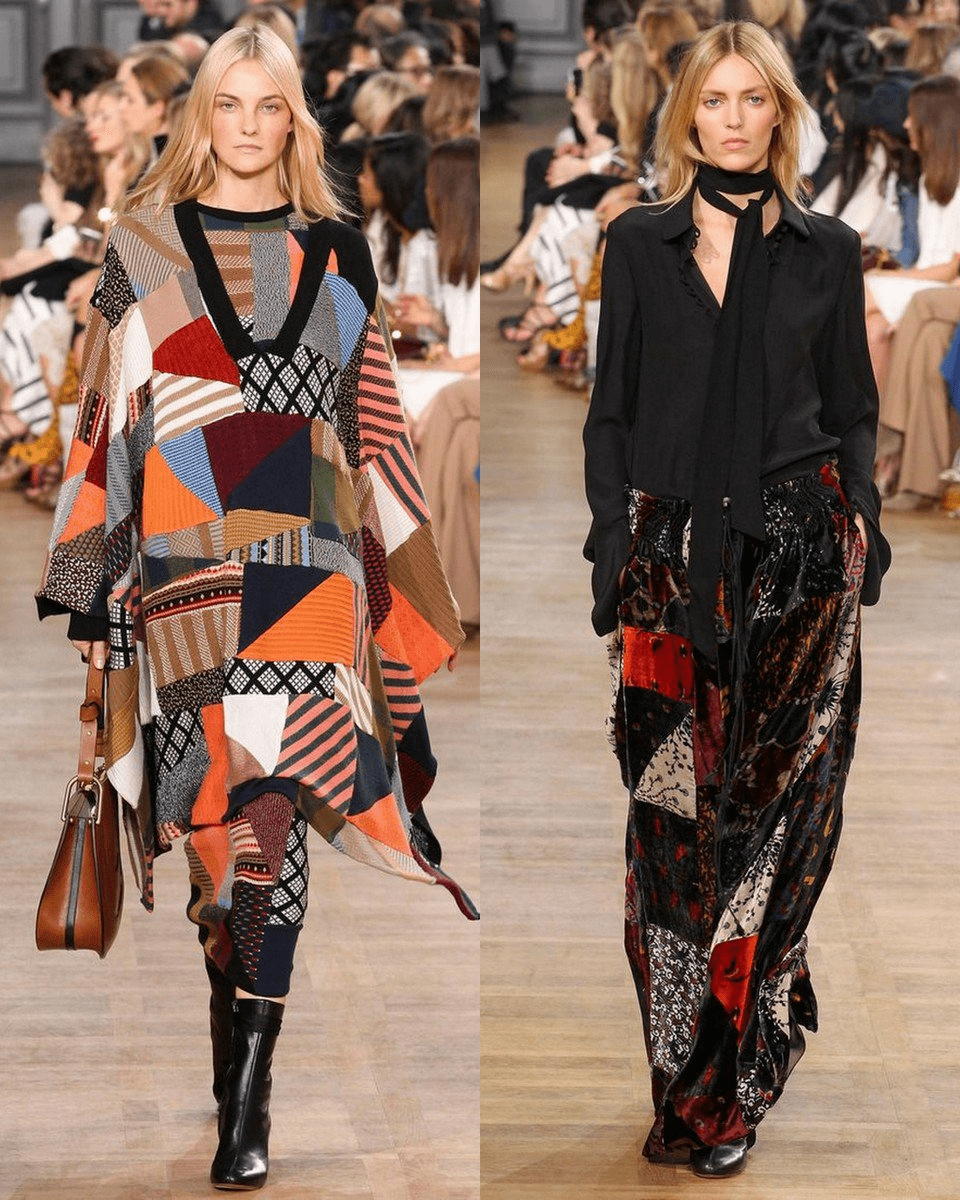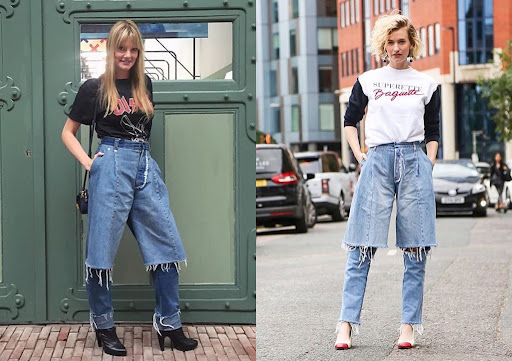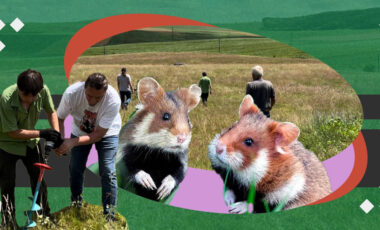A new trend: remodeling things from your closet. How does upcycling work?
What do feminism, responsible attitude to the environment, and altering things have in common? Rubryka looked at why we need upcycling, why mending is becoming a trend and why it's a better option than second-hand.
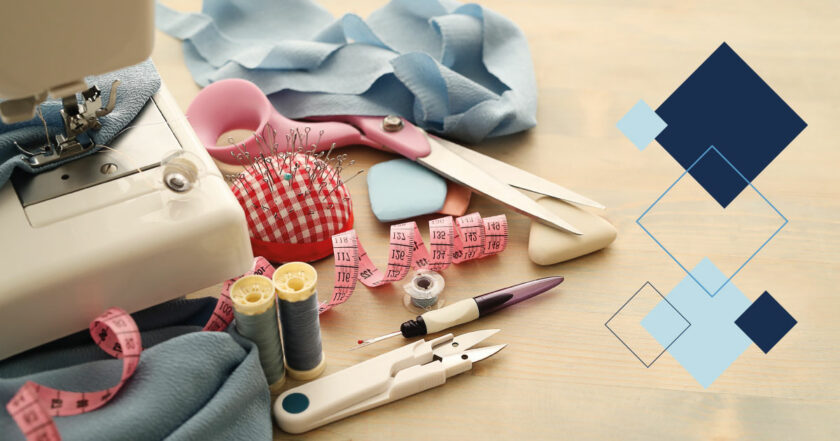
An old T-shirt can become almost Buddhist. Just don't be scared! It's because it can have a second life and not even one! For example, it can get a new life as linen, a rug (if you cut it to the ribbons and weave them together), a bag, a cat bed, a top. Upcycling is becoming a fashion trend, and even Princess Diana loved to redo her things. Rubryka talks about this and why feminism isn't only about equality between men and women, but also about equal treatment of all living things.
What is the problem?
We all understand the threat to the planet from hundreds of years of decomposing plastic or batteries that kill all living things around us. What do the clothes have to do with it? Because old jeans or holey socks are just as dangerous.
Modern fashion is extremely fleeting, consumers buy twice as much clothing as 20 years ago, and wear it half as much. Many things generally stay in our closets for a few weeks, until the first loose stitch or hole. Every year the average inhabitant of our planet throws away 32 kg of clothes and shoes. According to the US Environmental Protection Agency, the amount of textile waste in the world has increased by 811% since 1960, and the fashion industry is now officially recognized as the second-largest polluter after the oil and gas industry.
Theoretically, any garment can be recycled, but in practice, only 15% of worn clothes are recycled, everything else is sent to landfills. The guarantee of "second life" for things is not even them being handed over to second-hand; it only prolongs the way of the lion's share of worn clothes to the landfill. Yes, one of the largest second-hand cemeteries can be seen in Ghana, Africa. The horrific pictures of the mountains of fast fashion waste in the coastal areas are imposing; useless clothes are just washed into the ocean.
What is the solution?
While environmentalists are clutching their heads and businesses are building new incinerators, many people are thinking about how to help nature on their own. Consuming less and wearing things longer has recently become one of the world's trends, but you still want something new! An alternative to buying new clothes can be upcycling, i.e. reusing old things, giving them new characteristics, and turning them into something unique.
The ReSew sewing cooperative in Kyiv is very different from ordinary studios, as its members use the principles of upcycling and anti-consumerism. Here they not only alter things that have become irrelevant but also promote the principles of equality, horizontal interaction at the workplace, and share their knowledge, organizing workshops, and coworking.
How does it work?
Co-founder of ReSew Tonia Melnyk says that they thought about creating a cooperative while still studying at the Textile University:
"Since the third year, I've worked in various positions related to tailoring, and I never liked the position of either a subordinate or a boss, so even then I began to think about an alternative, a different format of relationships. When Masha and I (Maria Lukianova – ed.) moved to Kyiv, we decided to open our sewing workshop with a horizontal structure, where all employees will equally invest in activities: buying materials, communicating with customers, modeling, sewing, fitting, receiving money, thus providing income and replenishment of the financial joint fund of the cooperative itself."
The idea of the newly created enterprise was to develop the issues of ethics and environmental friendliness; this meant to prefer orders for tailoring, not to use fur and leather, to create textiles from used things. At the same time, the members of the cooperative promote the idea that the attitude to the "cheap work" of dressmakers in society should change.
Products in the sewing cooperative are ordered by different people. At first, they were friends and acquaintances, then the circle became wider, and artists can not always keep track of how they learned about them. Most often, customers are people involved in environmental, feminist initiatives. Mostly, they order the repair of things; alteration is in the second place, sewing something new is in the third place. The members of the cooperative consider repair and alteration of things to be the main direction of their work.
"It's logical from an environmental point of view, because the world is full of textiles, and why create a new one if you can repair the old one. An incredible amount of clothing doesn't fall from the sky. Someone sews it, and if there are so many things, then they sew them quickly and cheaply. I won't buy a T-shirt from the mass market, because I know what pennies the seamstress earned for it. I don't do that, I wear things until they start to fall apart," says Tonia Melnyk.
The working standards of the ReSew cooperative are always high. "Redone things must be of high quality, it's important for us to sew a reliable thing so that the customer can use it for as long as possible. We set a decent price, and therefore there must be appropriate quality," says the cooperative.
The small workshop, with prevailing ideas of conscious consumption and feminism, knows how to turn jeans into anything from a dog carrier to an elegant suit. In the hands of crafters, free from any stereotypes, the favorite coat acquires originality, fabrics from the mass market are transformed into fantastic costumes for theatrical performances and concerts, and second-hand curtains are turned into shopper bags and themed bags for equality marches. In fact, all of these things — equality, feminism, and upcycling — are closely linked:
"For us, feminism," says ReSew, "is not just about equality between men and women. First of all, it's about the equality of people with different identities and the right of people to choose their identity. It's not only relationships within society that are important to us, but also the ethical mindset towards the environment and the conscious relationship of people with the whole Earth. Because a human being is part of the planet, and we're often separated from each other."
Does really it work?
The idea of rational use of resources and creating a waste-free system underlies the theory of a circular economy. Its proponents emphasize that the amount of minerals and raw materials on the planet is exhaustive, and if humanity wants to survive, we should abandon the "buy – use – throw away" scheme.
In addition, people appreciate things with history, and, in this sense, modern upcycling is close to vintage but more creative.
The constant upgrade of existing clothing was popular in the Soviet Union. However, the term upcycling was first proposed in 1994 by engineer Reiner Piltz in the newspaper Salvo. Our mothers and grandmothers sewed things several times, not because of a caring attitude toward the environment, but because of the lack of fabric and original clothing. Perhaps that is why the transformation of an old thing into something new is still perceived by many as a manifestation of poverty.
"We all have the experience of poverty," says Tonia honestly. "In the 90's we wore clothes because of poverty; we repaired, changed, wore them down because there could be no other options. Today, the vast majority of the world's population is poor. They can also wear things "to the last" for one simple reason: because they can't buy new ones. The fact that we are upcycling for other reasons, environmental or ethical, means to me that we have certain privileges, knowledge, time, strength, resources to think differently about clothes and treat clothing differently."
"To think of poverty as a defect is a mistake," adds Masha. "We need to think about how to improve the situation of the poor, and that the practices of the poor can be beneficial to all."
Even more useful solutions!
One of the ReSew workshops was dedicated to the mending of holey socks. It was held during the first lockdown when it became simply impossible to buy new socks. Then, in an online meeting with Tonia and Masha, people put their socks in order, gaining both useful skills and pleasant communication.
- Interestingly, in Japan, there is an authentic term for textiles with patches: boro. Now it is also called the appropriate style of clothing. Nowadays, the art of clothing repair is reviving, because even in prosperous Japan, people are increasingly thinking about their impact on the environment. In addition, the Japanese value authenticity and uniqueness in things, not for nothing that the art of kintsugi (restoration of ceramics) was born there.
- Princess Diana often appeared in the same outfit several times, thus demonstrating a caring attitude to things. And sometimes she even changed her clothes to give them a second life. By the way, this happened long before upcycling became a fashion trend. For example, Diana first wore a sky-blue long-sleeved dress during an official visit to Lisbon in 1987. Two years later, she reconsidered it for a charity ball, stripping off her sleeves and opening her shoulders.
- Today, upcycling is widespread throughout the world. It is most common in environmentally friendly designers and the world of haute couture. For example, many popular brands support the idea of upcycling in clothing. Brands such as Balenciaga, Marni, Etro (clothes made from pieces of "old" things and fabrics using patchwork), Coach (recycled bags from the 1970s) weren't afraid to experiment with reusing materials.
- The Frankie Collective brand is also professionally upcycling; the team transforms vintage windbreakers, pants, and T-shirts Supreme, Champion, Adidas, and Nike into unique items:
– Pants customized with patch pockets from windbreakers
– Tops and bicycles from the old Bavaria uniform
– Bikini made of Nike T-shirts
Sarah Gourlay, the brand's creative director, believes that this format of interaction with vintage clothing allows not only not to forget about sustainable development and ecology, but also to have a unique style; each thing is special and created by a team of designers.
- And the family duo of Ukrainian designers Ksenia and Anton Schneider has been creating fashionable things for 10 years, using recycled materials. In a month, they process 500 pairs of jeans and 200 kg of textile waste (which is more than 5 tons per year!), sewing about 3,000 products annually. Each recycled item of clothing is assembled from scraps individually and is, therefore, one of a kind.
But not only designers and studios can engage in upcycling. This lesson is available to everyone. All you need to do is not be afraid to experiment and pick up scissors, needles, and threads, and then everything is possible: even a bag made of jeans, even a bikini made of a T-shirt.


